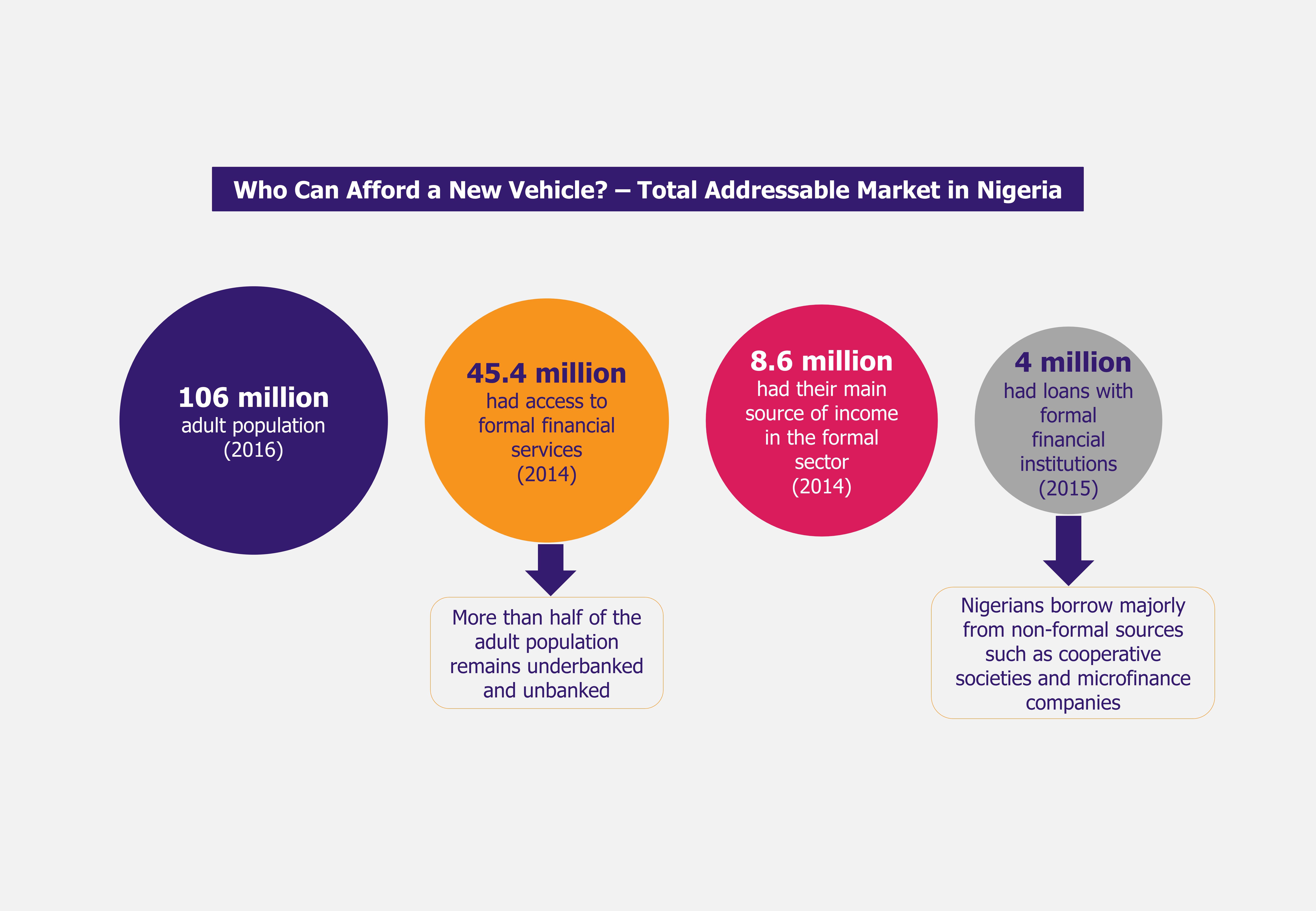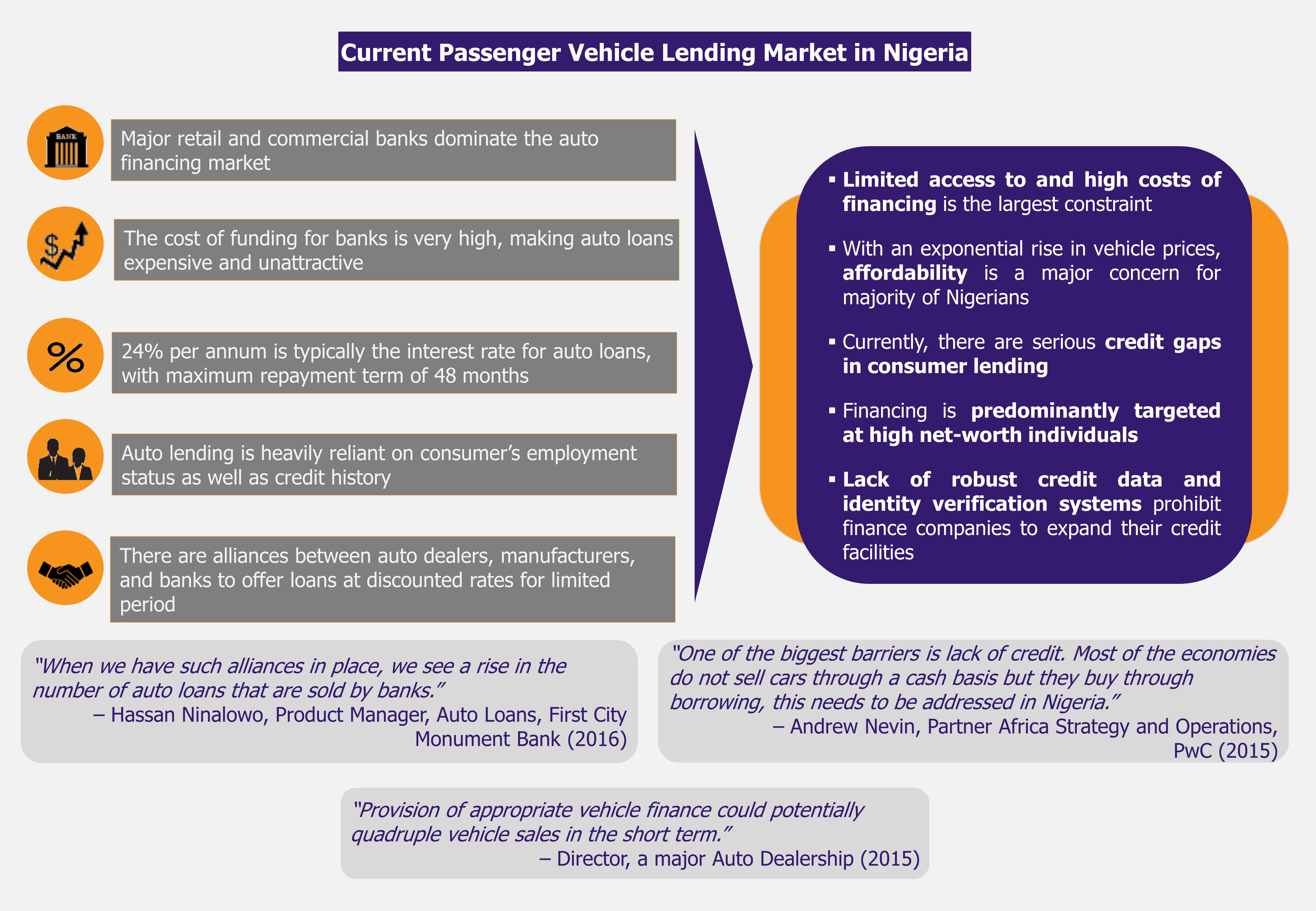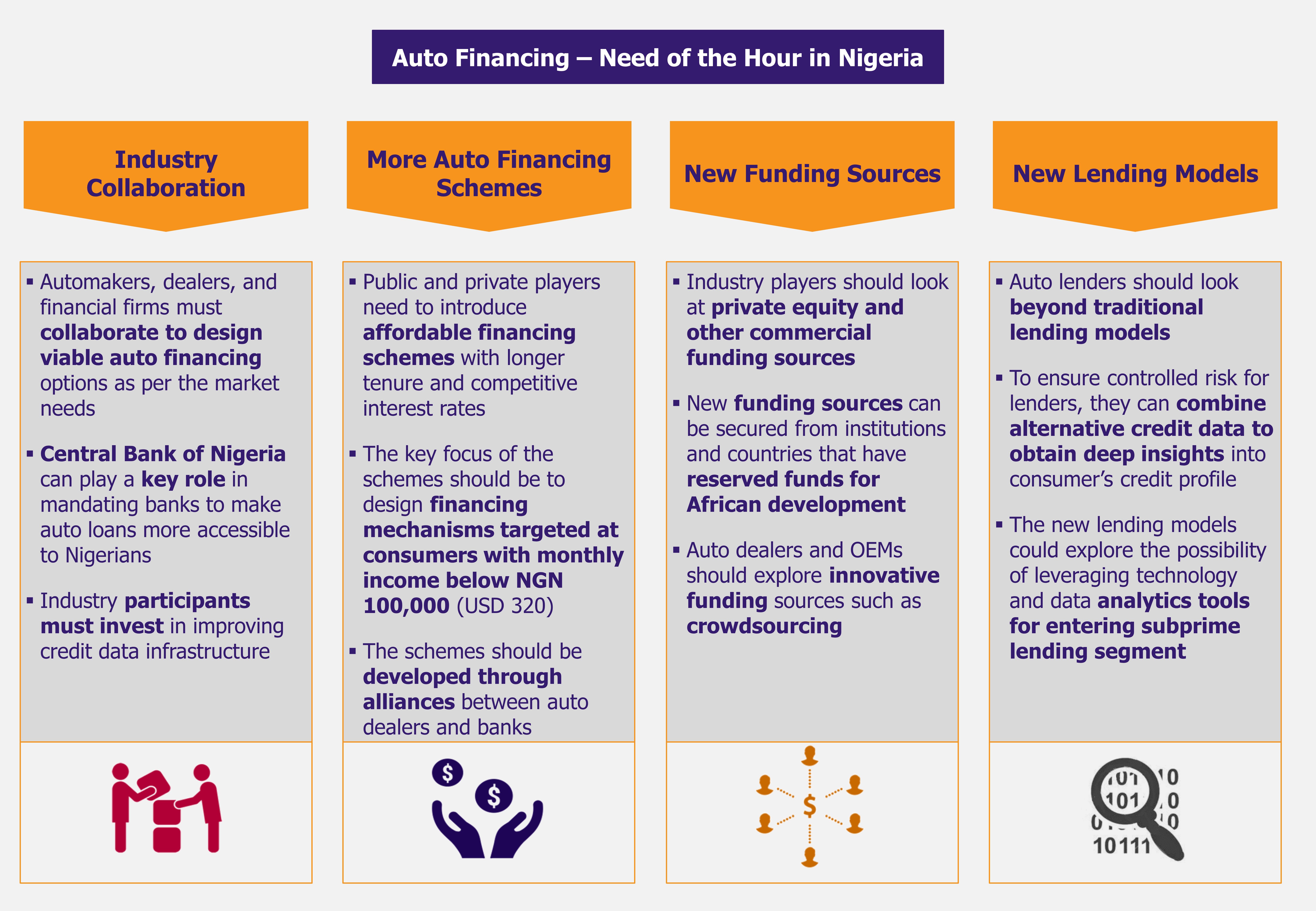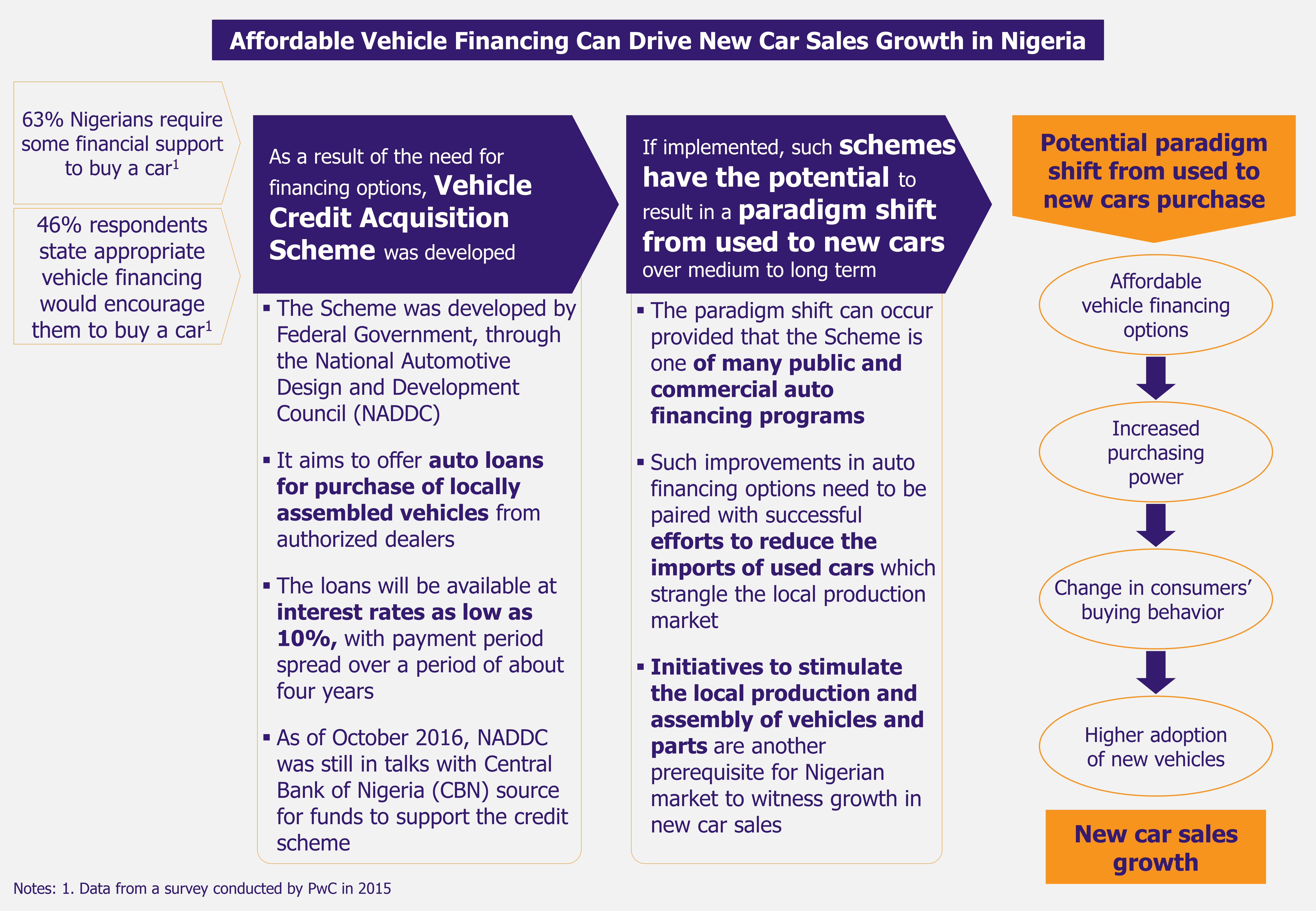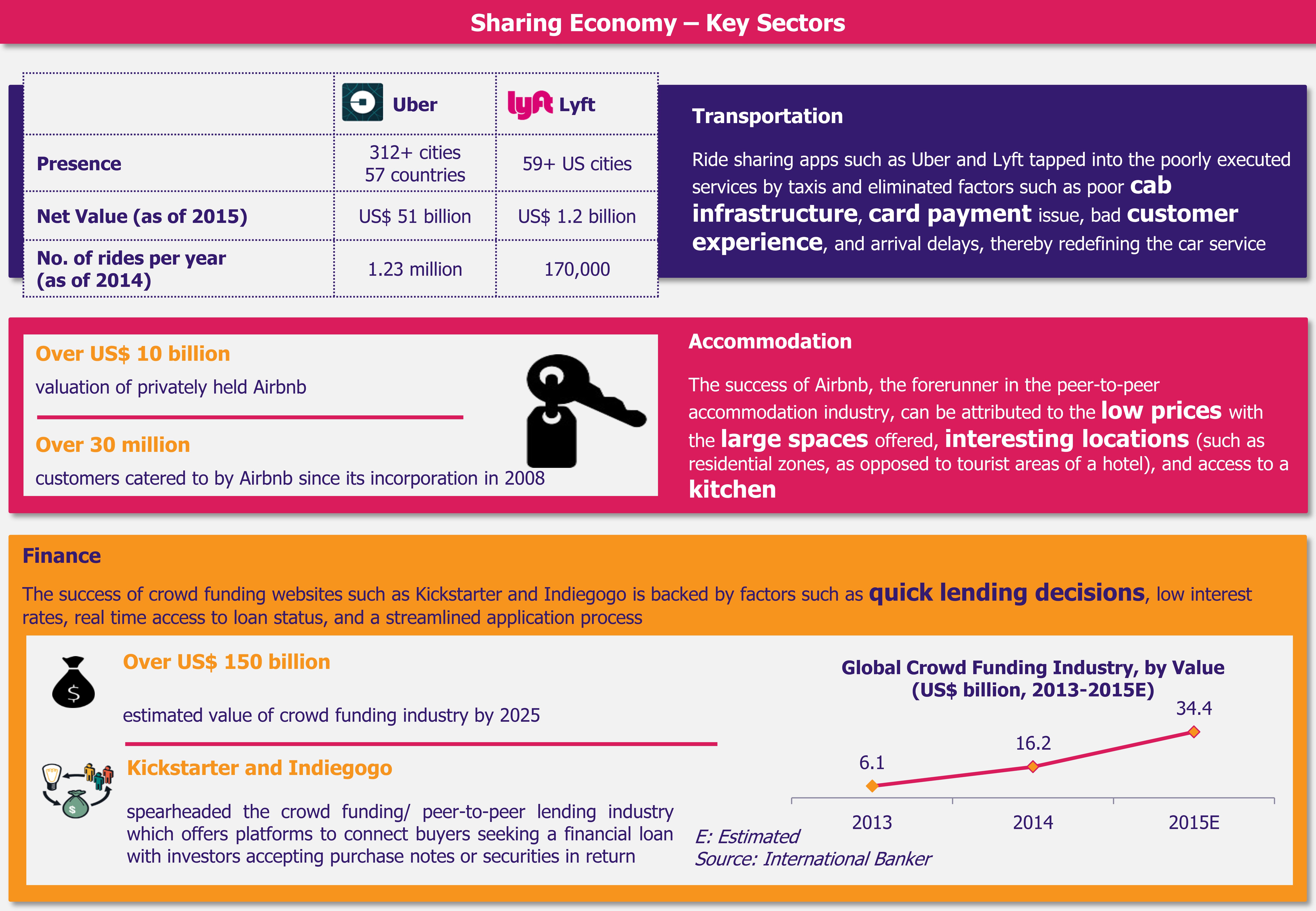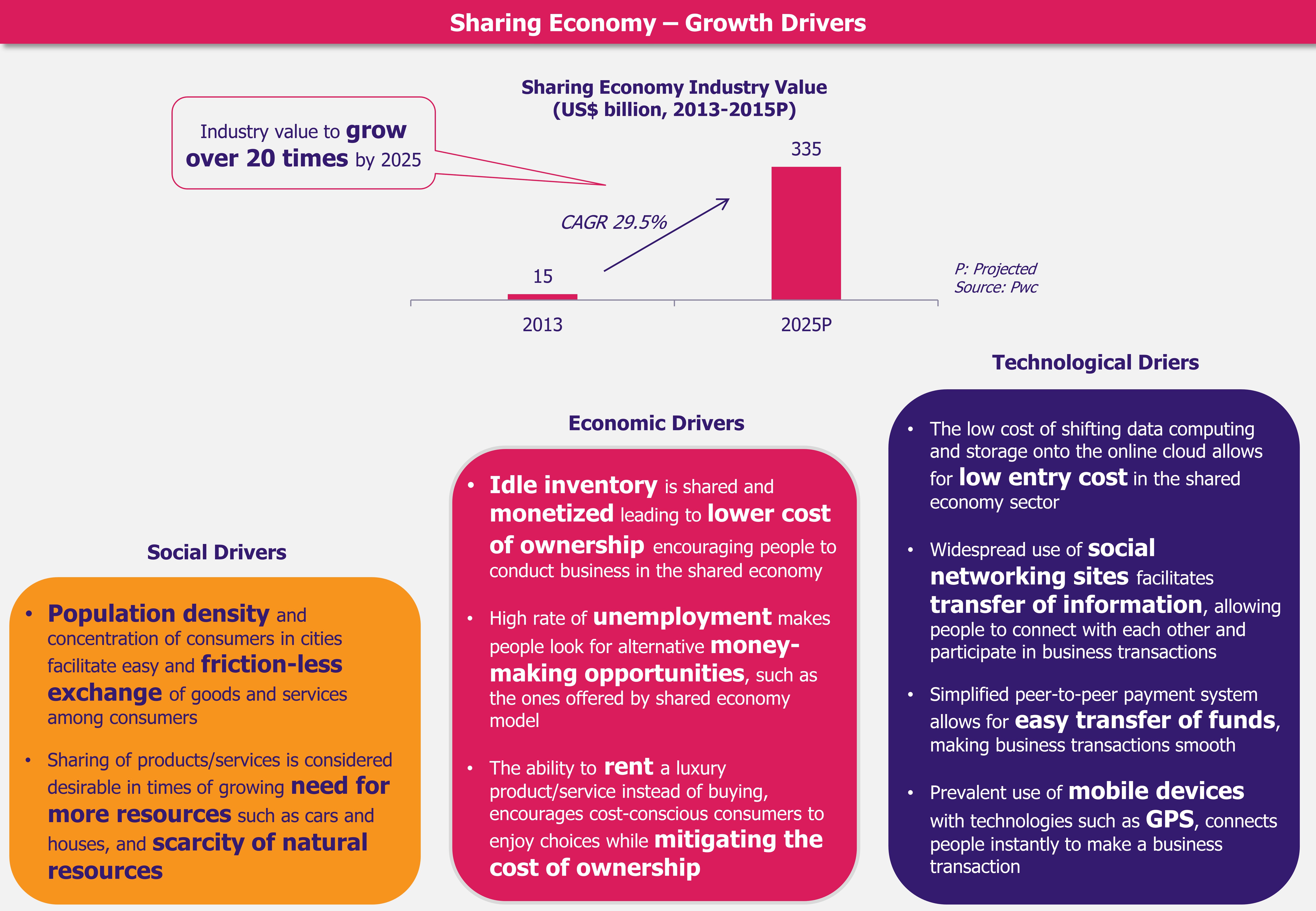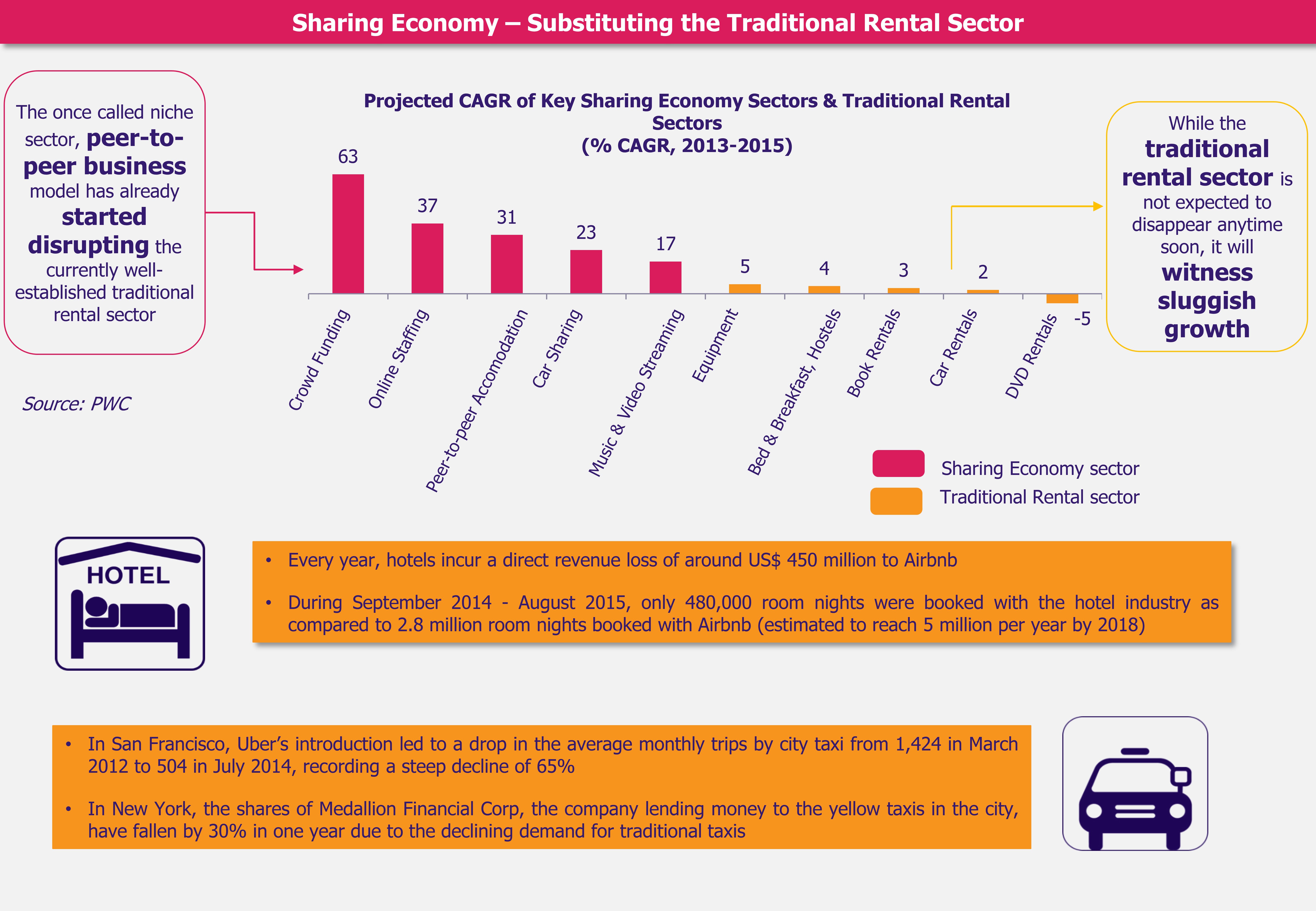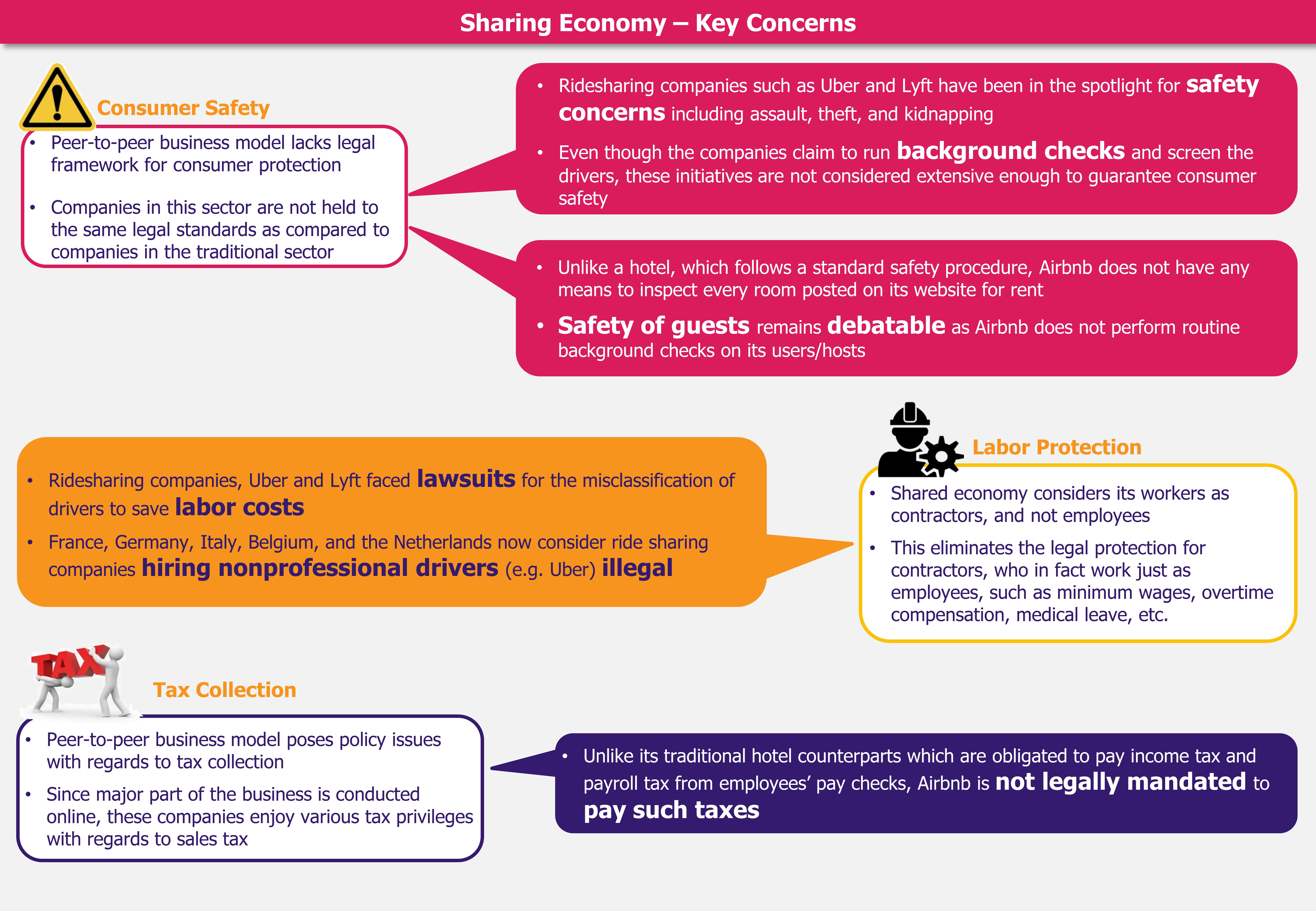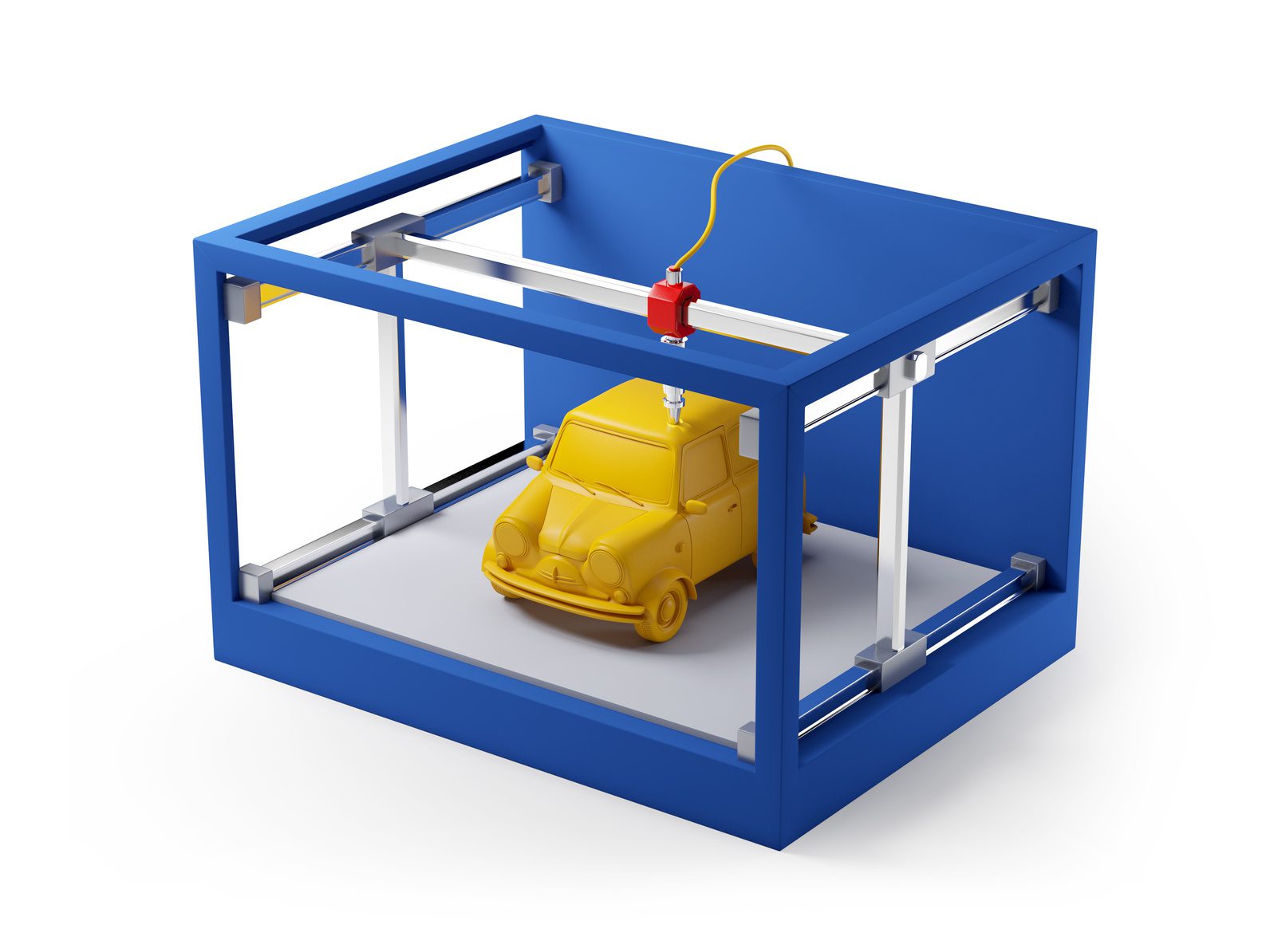446views
The article was also published in Automotive World’s Q2 2015 Megatrends Magazine
———-
Rapid urbanization, growing consumer base with rising disposable income, significant infrastructure investments, and proximity to the EU are some of the key reasons why automotive companies are increasingly attracted towards the North African markets. In spite of the impact of political upheavals on the region’s economy in recent times, the value proposition for global auto manufacturers remains strong.
The North African markets of Algeria, Egypt, Morocco, and Tunisia have attracted the eyes of multinational automakers in the last few years, thanks to rapid urbanization, rising disposable incomes, and continuous investments in infrastructure. In recent years, several automotive companies have assessed and entered these markets due to its favorable demographics.
North Africa’s market attractiveness relative to other regions has improved dramatically over the past years. According to E&Y’s Africa Attractiveness Survey of 2014, nearly three out of four respondents believed that Africa’s attractiveness will improve further over the next three years. Morocco and Egypt were seen as the two most attractive countries in North Africa by 55% of the respondents.
Despite several political and economic challenges, there is growing consensus that the region’s growth curve is on an upward trajectory, aptly supported by improvements in the EU economies, steadier inflation rates, and policy reforms undertaken by individual governments to harness growth.

While the FDI inflow statistics shows a different picture, the trend is expected to change as investors have been encouraged by the gradually restored political stability in these countries, as well as recent government initiatives to create business friendly regulatory frameworks.

What’s attracting automakers to North Africa?
In the North African region, Algeria, Egypt, Morocco, and Tunisia together accounted for a giant share of over 90% of the total new passenger car sales in 2014, as per statistics from International Organization of Motor Vehicle Manufacturers.
These four countries represent approximately 42% of the total African passenger cars market. After witnessing a steep decline in 2013 due to the weak external demand as well as the region’s volatile political environment, new car sales figures picked up in 2014. With the region’s growth back on track, rising investors’ confidence, and uptick in tourism, these sales figures are projected to increase in the next coming years.
For global OEMs, lower labor costs, proximity to Europe, expanding port facilities, various financial incentives, and increasing network of auto parts suppliers and subcontractors are making the region’s value proposition stronger.
North Africa’s strategic geographic location and its skilled labor force at competitive wages, has provided a perfect solution for vehicle manufacturers, allowing easy exports in order to cater to the needs of the European automotive industry. Besides, the region also serves as a gateway to the rapidly growing African and Middle-eastern automotive markets.
The region’s favorable demographics – a young and rapidly growing population, increased urbanization, and rising income levels are attracting many global automotive players. Consumers today in North Africa are more brand-conscious and technologically savvy. Forecasts from the OPEC suggest that car ownership in the Middle-East and Africa will nearly triple to 66 million by 2035, compared to 23 million in 2010, making it among the fastest growing markets in the world over the next few decades.
Individual governments have also played a vital role in the industry’s growth story by creating a favorable investment regulatory framework. Despite economic pressures and tight budgets, governments in these countries have continued to make significant investments towards infrastructure across ports, roads and railway networks. In addition, a range of financial incentives are offered to foreign investors in the auto industry. This includes free trade zones, multiple tax incentives, special land allotment, and partial contribution towards infrastructure expenses for auto industry projects. Further, the government has also invested towards training programs to build a skilled labor force that can fulfill the demands of the growing auto industry.
North Africa’s Big 4 Markets – Morocco, Algeria, Egypt and Tunisia

Morocco has aggressively marketed itself as the new regional automotive hub for global automotive players. According to a 2013 report by PricewaterhouseCoopers, the Kingdom will be the 19th-largest vehicle producer in the world by 2017. Renault, Delphi, Lear, Leoni, Yazaki, Faurecia, Sumitomo, and Hirschmann Automotive are some examples of key investment projects in recent years. These companies are not just providing employment, but, are also supporting a thriving automotive SME sector.
Renault’s operations in Morocco have provided a major boost to its automotive industry, as more than 40% of the parts are sourced locally. Renault aims to further expand its production capacity in Morocco and is also considering setting up an engine production plant to serve the two production plants. This represents large scale potential opportunities for auto parts manufacturers and suppliers. In October 2014, the Moroccan government announced the signing of five MoU deals with leading manufacturers of automotive wiring, vehicles interior & seats, metal stamping, and batteries.
As demand from both local as well as export markets grows, the industry is going to witness higher investment growth in the near future. Further, car makers that enter the Moroccan markets are also able to leverage on the pool of skilled labor and network of more than 40 Tier-1 suppliers.
Algeria’s automotive industry relies heavily on imports from Europe and China, importing approximately 75,000 cars annually. The age of current passenger vehicles plying on Algerian roads and low ownership rates present a significant potential for passenger car manufacturers. The Algerian government has played its part by promoting investments, and creating a business-friendly environment for the auto sector.
Mercedes Benz recently announced that it aims to transfer its investments from Egypt to Algeria in 2015 in order to take the advantage of benefits and facilities provided by Algerian government to foreign automakers. Renault’s production unit that became operational in 2014 has facilitated the development of local subcontracting and network of suppliers to create a local automotive industry. In order to meet the growing demand, Renault plans to triple its production output to 75,000 units by 2019, and has also committed to increase the level of local content.
With an increased interest of OEMs in the Algeria story, several opportunities will arise for suppliers of auto spare parts, plastic injection, paint as well as bodywork facilities.
In spite of being one of the smaller countries in the region, the automotive industry in Tunisia boasts of more than 80 companies, employing over 60,000 people, with a turnover of TND 2 billion (US$ 1.02bn) in 2013. The recent MoU signed with Iran for co-operation in car manufacturing will also help the Tunisian automotive industry grow further in the next few years.
Tunisia has a robust network of suppliers in the automobile wiring sector, and an abundant pool of skilled engineers and technicians at its disposal. The bigger benefit is the fact that the cost of hiring such talent is not only one-third the cost of that in the EU, but is also lower than its North African peers. Investment in manufacturing automotive components for exports is a priority sector for the government and in order to attract more investments, the government offers fully integrated sites with industrial, logistics, and infrastructure support to companies seeking to establish their manufacturing operations in Tunisia. There are plenty of opportunities for companies that manufacture automotive electronic, mechanical, and plastic components dedicated for exports to European and African markets.
New passenger cars sales in Egypt posted a solid growth of nearly 25% in 2014. With ongoing government plans to develop and encourage investment in the sector, and the improving tourism industry, new car sales are expected to grow further beyond 2015.
Nissan motors in October 2014 announced that it will invest an additional US$60 million towards expanding its assembly operations in Egypt. The government is also encouraging a vehicle production joint venture between domestic firm Nasr Automotive Manufacturing and Russia’s AvtoVAZ. The deal will not only give automotive production industry a major boost, but, it will also create opportunities for auto parts manufacturers and suppliers. For example, tire market Pirelli signed a MoU to invest US$107 million over a three year period to increase the production capacity in order to meet the growing demand.
Egypt is well poised to see a stronger automotive growth, driven also by very favorable demographics and proximity to the Middle-east.
A Final Word – Immense Scope, Manageable Challenges
OEMs must accept that North Africa will be unable to match the potential of the BRICS, MIST or ASEAN countries; however, given the region’s positive economic growth trend and rising investor confidence, the outlook for automotive industry is upbeat.
Various initiatives taken by individual governments have provided a boost to the automotive industry, and continue to attract global OEMs to establish local presence for both regional and export markets. Region’s favorable demographics, strategic location and competitive wages not only make it an attractive hub for auto exports, but, also a lucrative market for auto manufacturers which seek to tap the potential of African passenger cars markets.
There are a few challenges, political and economic, that need to be managed, in order to encourage OEMs to set up shop in North Africa. On the economic front, it would be imperative to demonstrate an investor-friendly regulatory environment, as well as the willingness to provide tax breaks and similar financial incentives to OEMs to establish production base and export hubs. While on the political front, ensuring stability and managing issues surrounding external factors such as ISIS will be critical to convince automotive companies to invest both monetary and technological resources in the region.
At this point in time, given the political, economic and social dynamics of the North African region, the scope for growth of the automotive sector is immense.





